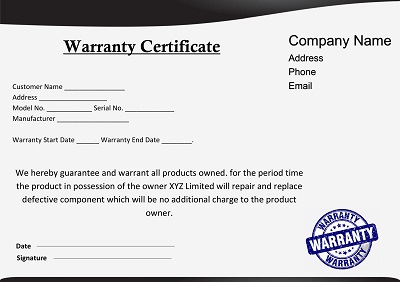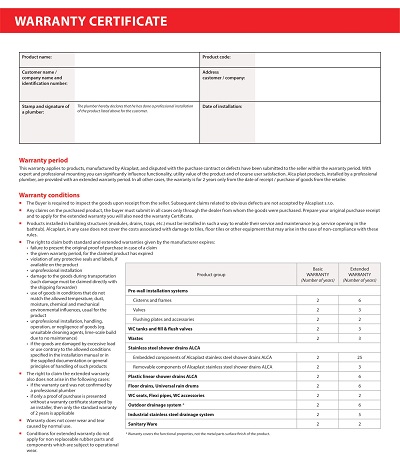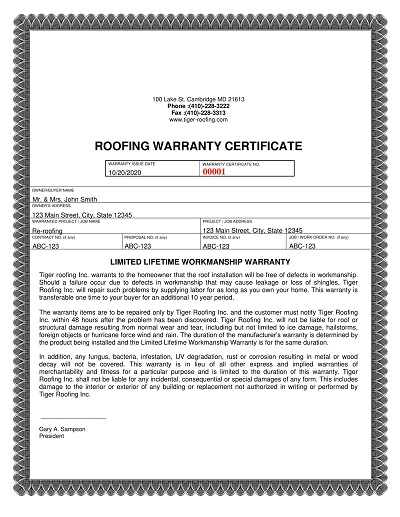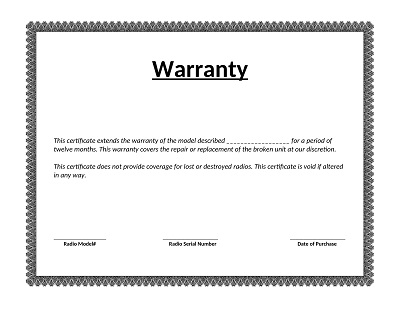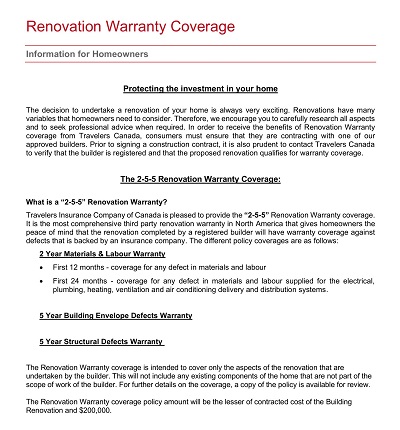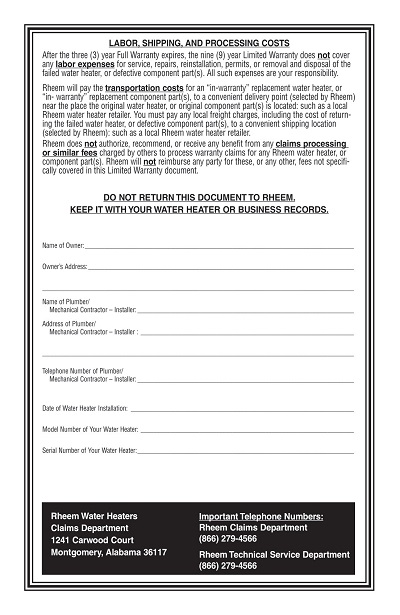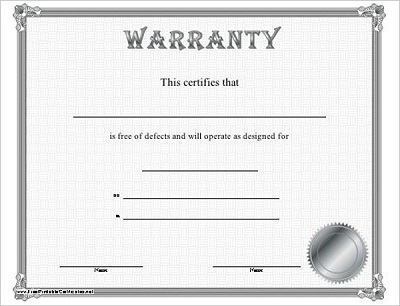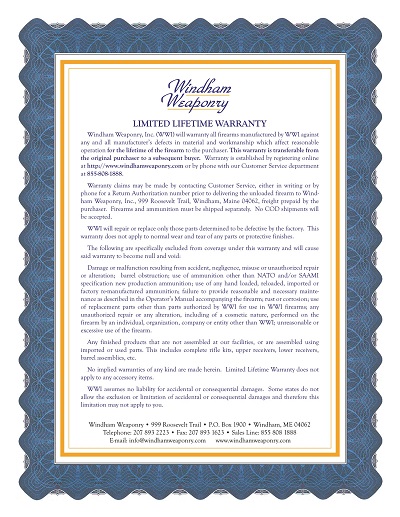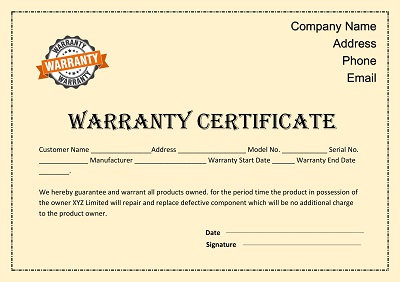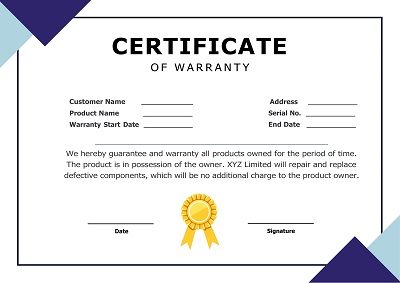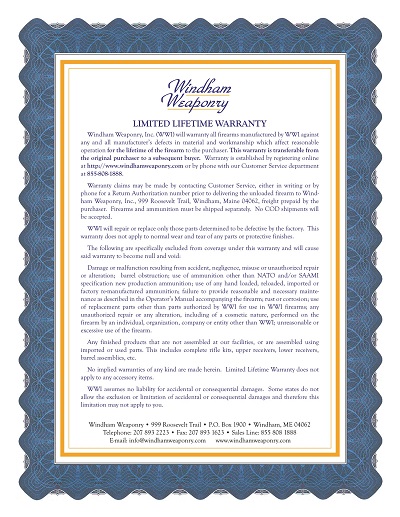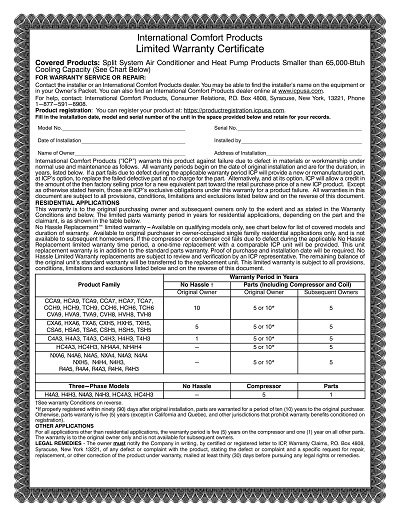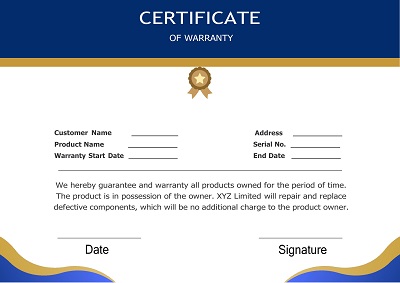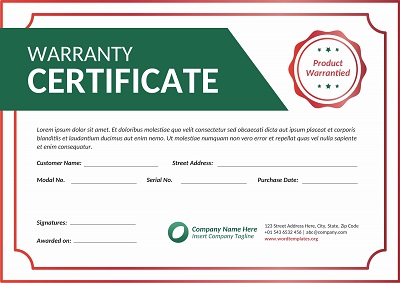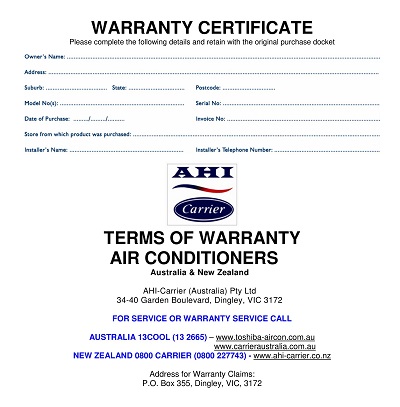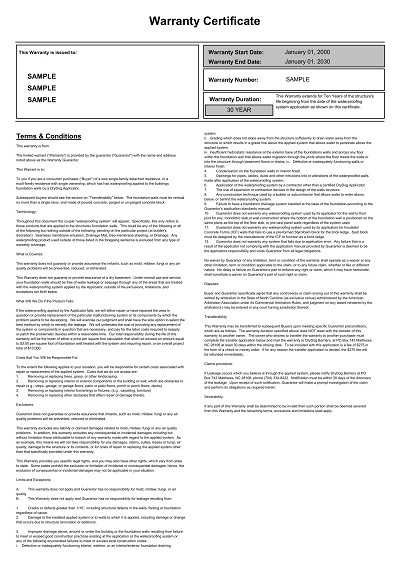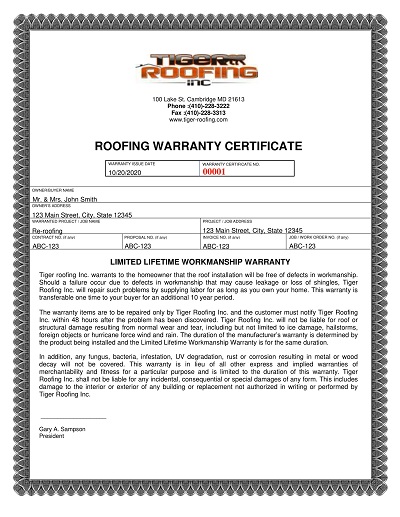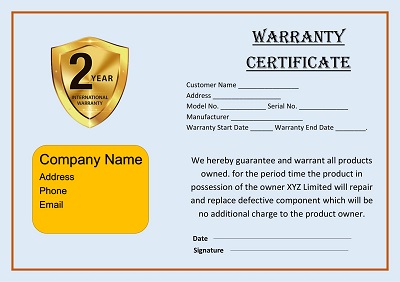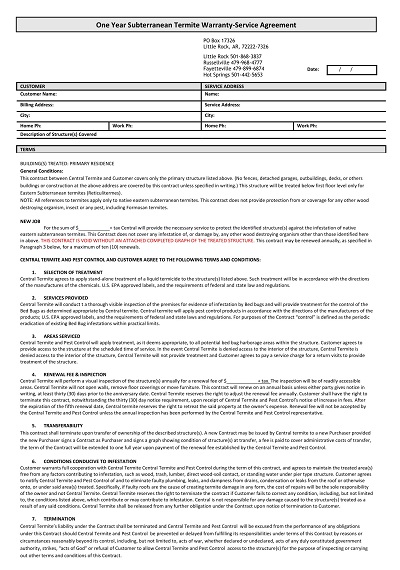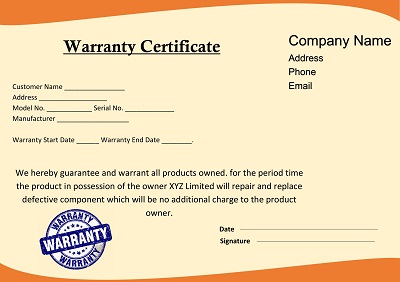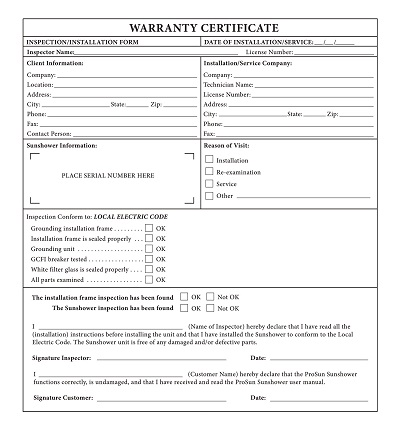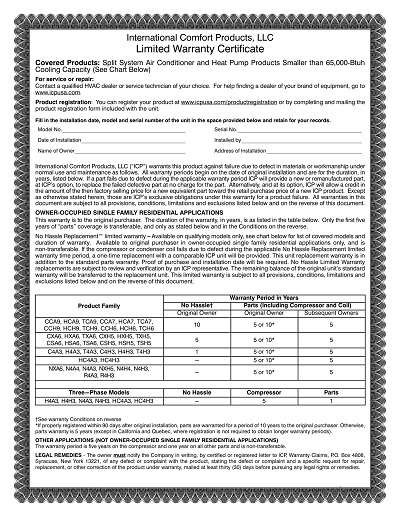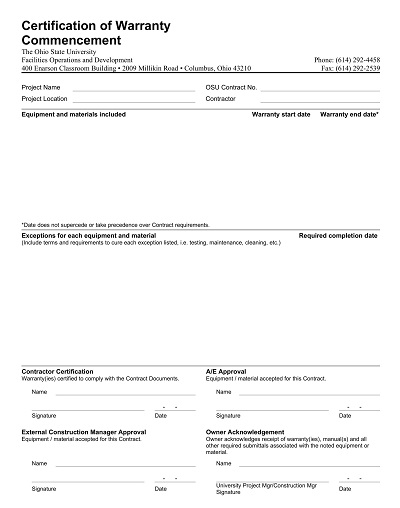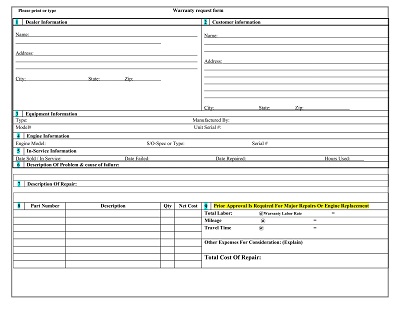45+ Free Sample Warranty Certificate Templates (Word, PDF)
A warranty certificate is a written document to customers promising a quality guarantee. It provides the terms and conditions under which repairs or substitutes will be made if the product fails to execute as expected within a specified period.
Warranty certificate templates allow businesses to outline the terms of the warranty. These certificates help prevent misunderstandings and improve the customer experience. By using them, companies can distinguish themselves from their competitors.
Download Free Sample Warranty Certificate Templates
What is a Warranty Certificate?
It is a pre-formatted document outlining the terms a business agrees to repair and replace a product or service if it fails or malfunctions. The certificate includes the specific coverage details, exclusions, duration, and other relevant conditions in an organized manner. It serves a dual function.
- It forms a contractual commitment that protects the customer and builds trust and confidence in their buy.
- It allows businesses to define the scope of their after-sales service.
This clarity helps to manage customer expectations and prevents potential disputes arising from misunderstandings about the warranty’s coverage. It’s a win-win strategy for both parties involved.
These certificates build trust between a company and its customers and maintain a positive brand image. They strengthen a business’s commitment to quality and customer satisfaction and convince prospective customers of the worthiness of their investment. In the competitive market, many companies overlook the power of a warranty certificate. They fail to realize that a product’s value in a customer’s eyes is defined by its features or price and the warranty support that backs it.
Different Types of Warranty Certificate Templates
The most prevalent types of warranty Certificates are:
Limited Warranty Certificate
It offers protection that is ‘limited’ to certain parts or aspects of the product. A limited warranty may cover specific components, defects, or malfunctions only for a period. The advantages of these types of warranties are mainly for businesses, which determine the limitations and set the warranty parameters.
Full Warranty Certificate
It offers extensive protection and covers any defects or malfunctions within the warranty period. There are no limitations on parts or types of malfunctions. From a customer’s perspective, this type of warranty is desirable as it assures comprehensive protection. Offering such a warranty could be a bold move for a business, sending a strong signal about the quality of your product or service.
Lifetime Warranty Certificate
It means the product is guaranteed for its entire lifetime. However, the definition of ‘lifetime’ can vary, and it’s important to clarify this in your warranty certificate terms. Offering a lifetime warranty can effectively set you apart from your competitors, but weighing the potential cost implications is crucial.
Implied Warranty Certificate
Implied warranty certificates are based on the promise that a product will perform as expected. This unwritten, unspoken guarantee is assumed by law in many jurisdictions. Including a clause about the implied warranty in your warranty certificates is a good practice.
Essential Components of a Warranty Certificate Template
Warranty certificate requires several must-have components to ensure its credibility. Here they are:
- Header: This includes your company title, logo, and contact information. It sets the formal tone of the document and aids in brand recognition.
- Title: The title should include words like ‘Warranty Certificate’ or ‘Guarantee’ to convey the document’s purpose immediately.
- Product Information: A Detailed explanation of the product or service under warranty. It includes the model number, serial number, or any other identity information.
- Coverage Details: Explicitly outline what is covered under the warranty. This may include parts, labor, or other specific components.
- Warranty Period: Clearly define the warranty duration, starting from the purchase date.
- Exclusions: Specify any circumstances or actions that could void the warranty. This could include damage due to misuse, unauthorized repairs, or normal wear and tear.
- Claim Process: This process guides customers on how to claim the warranty. It includes the necessary documentation and whom to contact.
Unique Warranty Certificate Components For A Competitive Advantage
The above components form the backbone of any warranty certificate; there’s plenty of room for customization to set your business apart from competitors. Here are a few unique elements to consider:
- Expressed Value: Instead of just stating what’s covered, communicate the value to customers. For instance, instead of saying “covers defects in material,” say “we guarantee your peace of mind with free repairs for any material defects.”
- Transparency: Keep your warranty terms free from ‘Jargons.’ Use simple language and clear definitions. This transparency builds trust, a crucial factor in building customer loyalty.
- Proactive Support: Offer bold support like regular check-ups or maintenance. This prevents potential issues and demonstrates your commitment to customer satisfaction.
- Transferability: Allowing warranty transfers to subsequent owners can significantly increase your product’s resale value, making it more appealing to potential customers.
Advantages of Using Warranty Certificate
Warranty certificates offer various benefits that improve customer experience and enhance brand reputation. Here are some key advantages:
- Customer Trust and Loyalty: Providing a Warranty Certificate Template assures your customers about the product quality and builds trust and loyalty. When you offer a warranty, you tell your customers you stand behind your product.
- Competitive Advantage: A well-defined warranty can provide a competitive edge. Many competitors might offer warranties, but detailing what is included and excluded in your warranty can make a huge difference. For instance, our warranty covers parts and labor for repairs, unlike competitors’ warranties that only cover parts.
- Reduced Customer Anxiety: A warranty certificate reduces purchase anxiety. Customers are more likely to purchase When they know they are protected against defects or malfunctions.
- Enhanced Company Reputation: A comprehensive warranty certificate can improve your reputation as a reputable and reliable business. It shows that you sell products and ensure post-sales support.
- Increased Sales: A well-crafted warranty certificate can boost sales. When customers know their investment is protected, they are more likely to purchase and even more willing to pay a premium.
How to Craft an Effective Warranty Certificate?
Crafting a comprehensive and professional warranty certificate involves these strategic steps:
Understand your product
You must Have an in-depth knowledge of your product or service. You must know its strengths, weaknesses, and the common issues customers may encounter. This will help you determine what to include and exclude from your warranty coverage.
Be clear and Concise
Avoid using jargon or complicated legal terms in your warranty certificate. Your customers should easily understand the warranty terms and conditions. This clarity enhances customer satisfaction and reduces the chances of disputes or conflicts.
Include
visuals to your warranty certificate, especially if your product or service is complex. Visuals can help customers understand the warranty terms better and can set your certificate apart from the competition.
Personalize
Personalizing your warranty certificates with the customers’ names, purchase histories, and personal notes can enhance the customer experience and foster loyalty. It reinforces the notion that your business values its customers and their satisfaction.
Tips and Issues to Avoid!
One major issue to avoid is being too vague in your warranty terms. This can lead to misunderstandings and harm your reputation. When crafting your warranty certificate, follow all legal requirements. Inadequate or non-compliant warranties can result in legal penalties and damage your business’s reputation.
How to Customize Warranty Certificate Template for Your Business
Customizing a template is a great way to establish your brand identity further. Here are some key points to consider:
- Branding: Add your company logo, name, and contact information. This makes the certificate look professional and reassures customers that they’re dealing with a reputable business.
- Details of the Warranty: Clearly state what the warranty covers and what it does not. This is a way to distinguish your business from competitors. Include terms others might exclude, such as labor costs for repairs or replacements.
- Duration: Specify the length of the warranty. This is typically done in months or years. Offering a more extended warranty period than competitors could give your business an edge.
- Claim Process: Provide detailed instructions on how to make a warranty claim. This includes whom to contact, what information to provide, and the process timeline. A simple, customer-friendly claim process can set you apart from competitors.
- Fine Print: Any disclaimers or limitations should be in clear, easy-to-understand language. A straightforward approach can win customer trust and loyalty.

